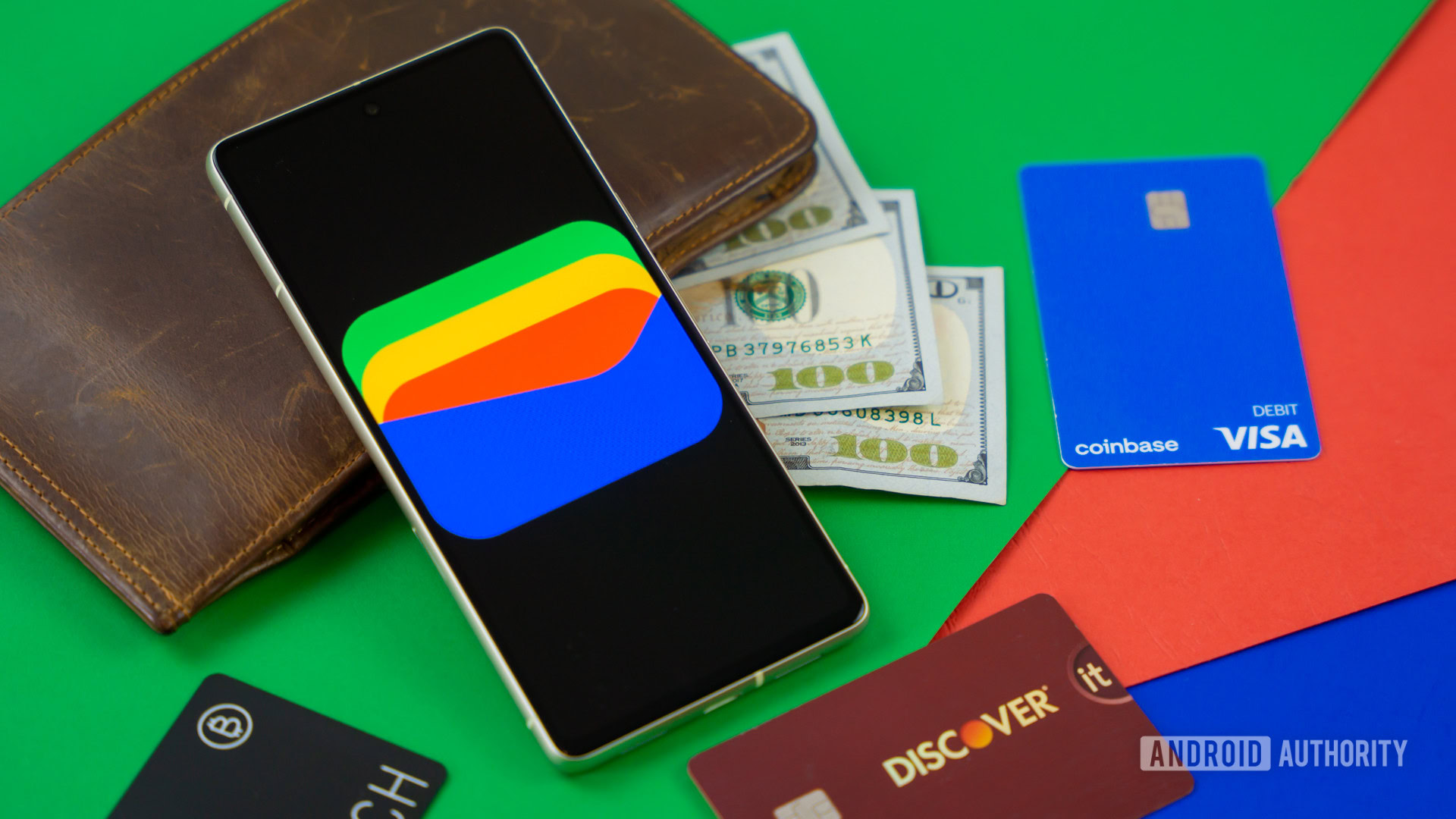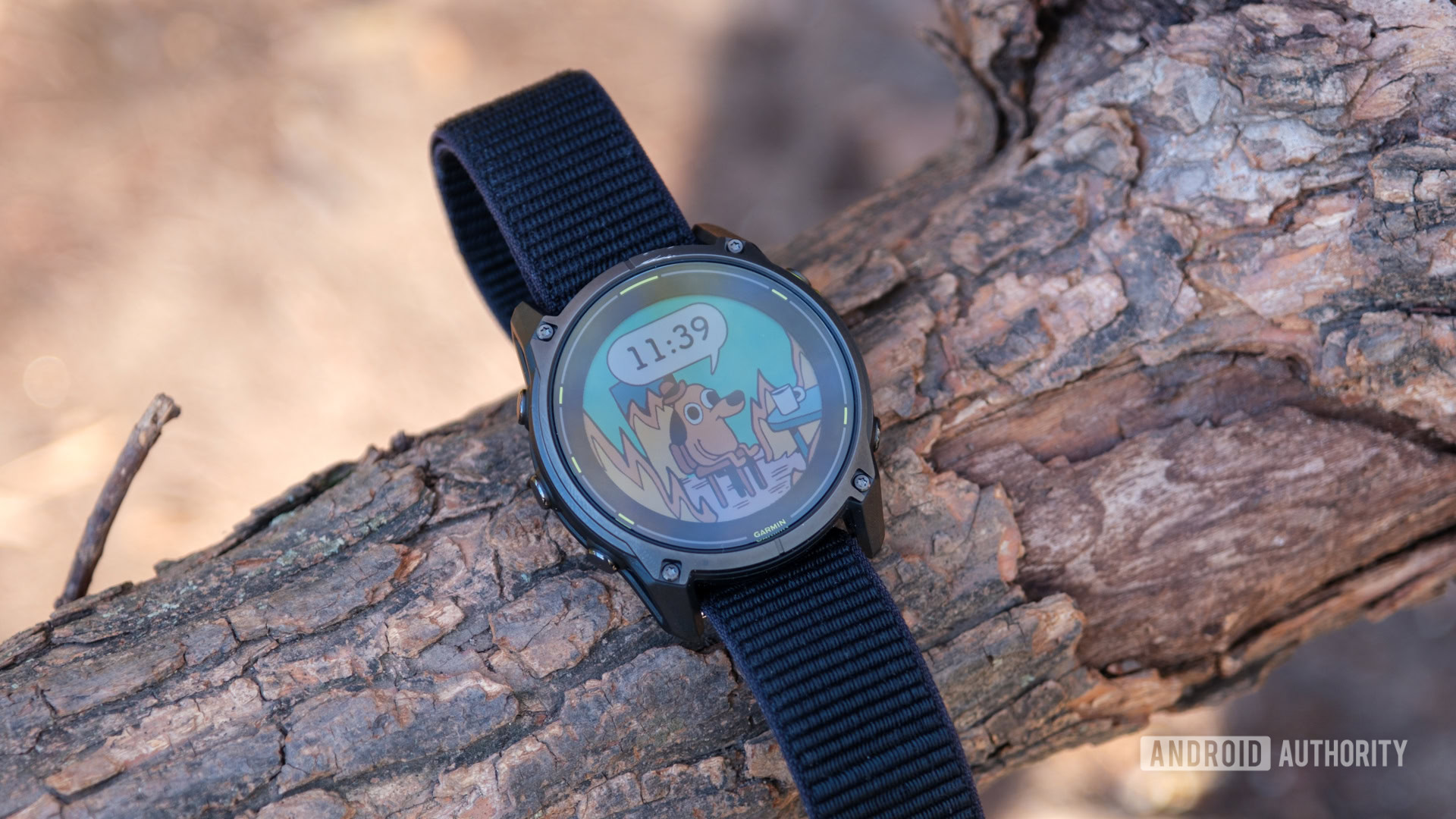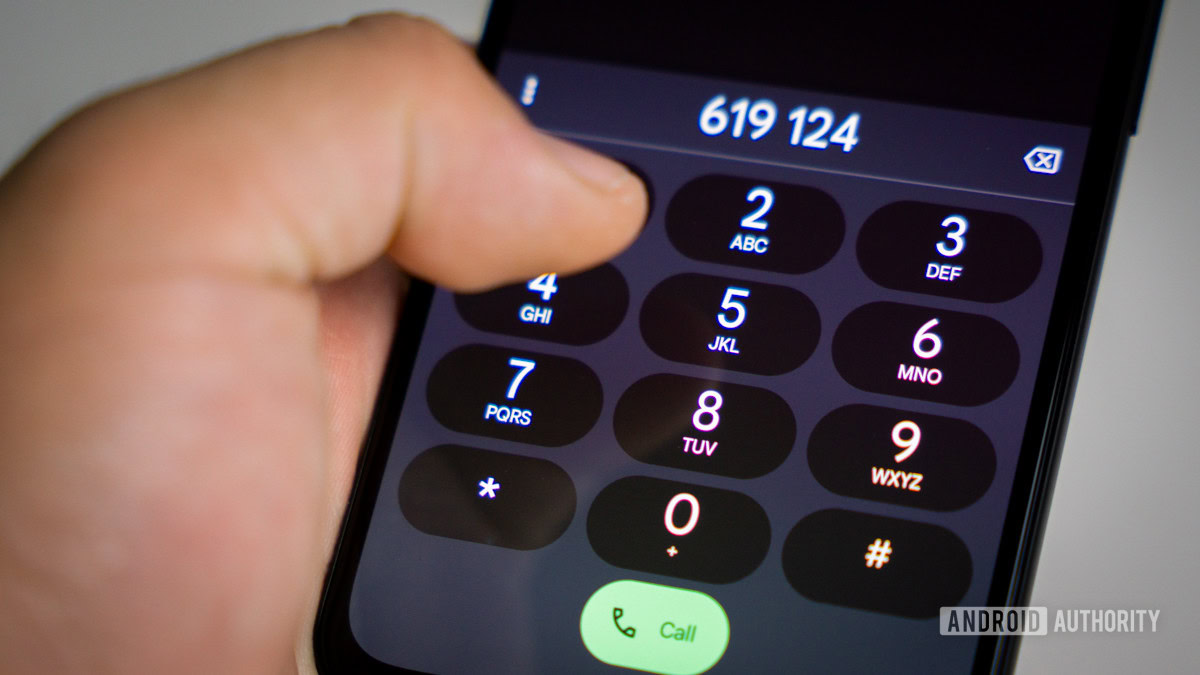
Edgar Cervantes / Android Authority
Earlier today, countless Windows users were thrown into chaos as their screens turned blue and their systems came to a grinding halt. The culprit? A glitch caused by a routine update from CrowdStrike, one of the world’s largest cybersecurity firms. Nobody knew to look out for it, nor was the update likely intended in the first place, but when Windows’ blue screen of death abruptly hit airports, banks, and 911 call centers, it became clear just how vulnerable and dependent we have become on technology.
Still, in a world where our lives have become intertwined with our digital tools, I won’t pretend that we can suddenly get rid of it all. But today’s events are a reminder that we need to be prepared for these unexpected disruptions, especially since they can just as easily hit our personal devices. So with that in mind, here are a few tips to ensure that a single tech failure doesn’t bring your entire life to a standstill.
Keep a secondary operating system handy

Robert Triggs / Android Authority
The Windows debacle earlier today mostly affected businesses and organizations with IT-deployed computers. These systems became a single point of failure as they all relied on a single piece of software for threat protection.
While today’s issue might have been specific to work computers, the next major disruption could easily be a fault on Microsoft’s end, or a different unforeseen glitch. Even Apple’s operating systems aren’t infallible — a MacBook might offer better security than Windows, but it can experience crashes and random reboots all the same.
A USB drive with Ubuntu or Chrome OS Flex should be at the top of your tech toolkit.
With that in mind, it would be wise to keep two operating systems at your disposal. This is especially important if you only own one computer — a simple dual-boot can save you from potentially missing a work or school deadline. You can install two copies of the same operating system, of course, but it’s safer to adopt something else like Linux or even Chrome OS Flex. But if you can’t imagine switching to a different OS, keeping two different versions (like Windows 10 and 11) is still better than doing nothing at all.
Personally, I keep a bootable Ubuntu USB stick in my backpack for emergencies. Unlike a full OS install, it does not take up valuable storage nor do I have to worry about updates rendering it useless. As a privacy bonus, USB Linux installations typically erase changes upon every reboot, making them perfect for temporary use when everything else fails.
Maintain offline access, even in 2024

Robert Triggs / Android Authority
I am lucky enough to have consistent access to either 5G or Wi-Fi all the time but I’m equally prepared in case neither works. For example, I wrote about how I set up a completely offline smart home earlier this year. None of the data or commands ever leave my premises, even though I own hardware from over a dozen smart home brands. A cheap DIY NAS is another good idea, even if you only use it for your personal photos as a hedge against Google Photos.
I’m a big proponent of self hosting services and keeping tech offline in general, which does admittedly cost time and money, but you can take small steps for free. As another example, I stopped paying for Spotify Premium and picked up a used seventh-gen iPod Nano instead. Not only has the hardware aged surprisingly gracefully, but I’m also no longer beholden to a monthly subscription. If you don’t want to spend, you don’t have to go as far as I did — smartphones never lost the ability to play offline media, after all.
Trust no company, especially your favorite ones
Rita El Khoury / Android Authority
It has become common for many tech enthusiasts to become loyal to a single ecosystem, almost to a fault. While this loyalty can be convenient (see Apple’s Continuity features), it also means putting all your eggs in one basket. This can backfire spectacularly when there’s an outage or worse, a wrongful account suspension.
For instance, we have seen reports of Google locking users out of their accounts over minor terms of service violations. These incidents cannot be resolved quickly — try getting a hold of someone important from a Big Tech company over the phone and you will quickly find out why. This is why I’ve made it a personal mission to favor no company and treat all of my accounts as nearly disposable. I used to dread losing access to my primary Google account, but copying some of my life to Microsoft 365 has eased the potential sting.
Large portions of the Internet rely on just three behemoths: Amazon Web Services, Microsoft Azure, and Google Cloud. Outages are surprisingly common at these providers so storing your critical data in more than one place is ideal if your work or life depends on it.
Know how to reach important contacts
Communication is often overlooked in discussions surrounding digital disruptions. With singular companies like Meta exerting control over WhatsApp, Messenger, and Instagram, you may find important contacts are suddenly unreachable during outages. And what if you lose data connectivity altogether? If you only have a username instead of a phone number, even a working landline won’t get you anywhere.
For these reasons, maintaining multiple channels of communication is important. Start by having up-to-date phone numbers for direct calls and texts. In addition, use different messaging apps — such as WhatsApp, Telegram, Signal, and even email — to stay connected. Each of these platforms operates on different networks, reducing the risk of being cut off entirely.
Don’t discount cash

Edgar Cervantes / Android Authority
Our overwhelming reliance on digital payment methods can leave us vulnerable when technology fails. Luckily, you can insulate yourself from this risk pretty easily if you have the foresight to keep some cash available for emergencies. I always keep some banknotes concealed within my phone case — it never gets in the way and is just as handy as a digital payment method.
There are other reasons to diversify your banking too — in the US, the FDIC offers protection against bank failures up to $250,000 per bank. If you are sitting on a big inheritance or proceeds from a property sale, splitting the balance across multiple FDIC-insured banks is a no-brainer.
Coming back to the technical side, not all banking websites and apps are equally reliable. This is why I maintain accounts with three different banks and keep credit cards from different issuers in my wallet.
With any luck, the above tips should help you sail through the next tech outage. Rogue software updates like the one we witnessed today may seem unlikely, but don’t forget that a ransomware attack took down hospitals and even TSMC’s chip-fabrication facility only a few years ago. Clearly, one can never be too prepared.







 English (US) ·
English (US) ·